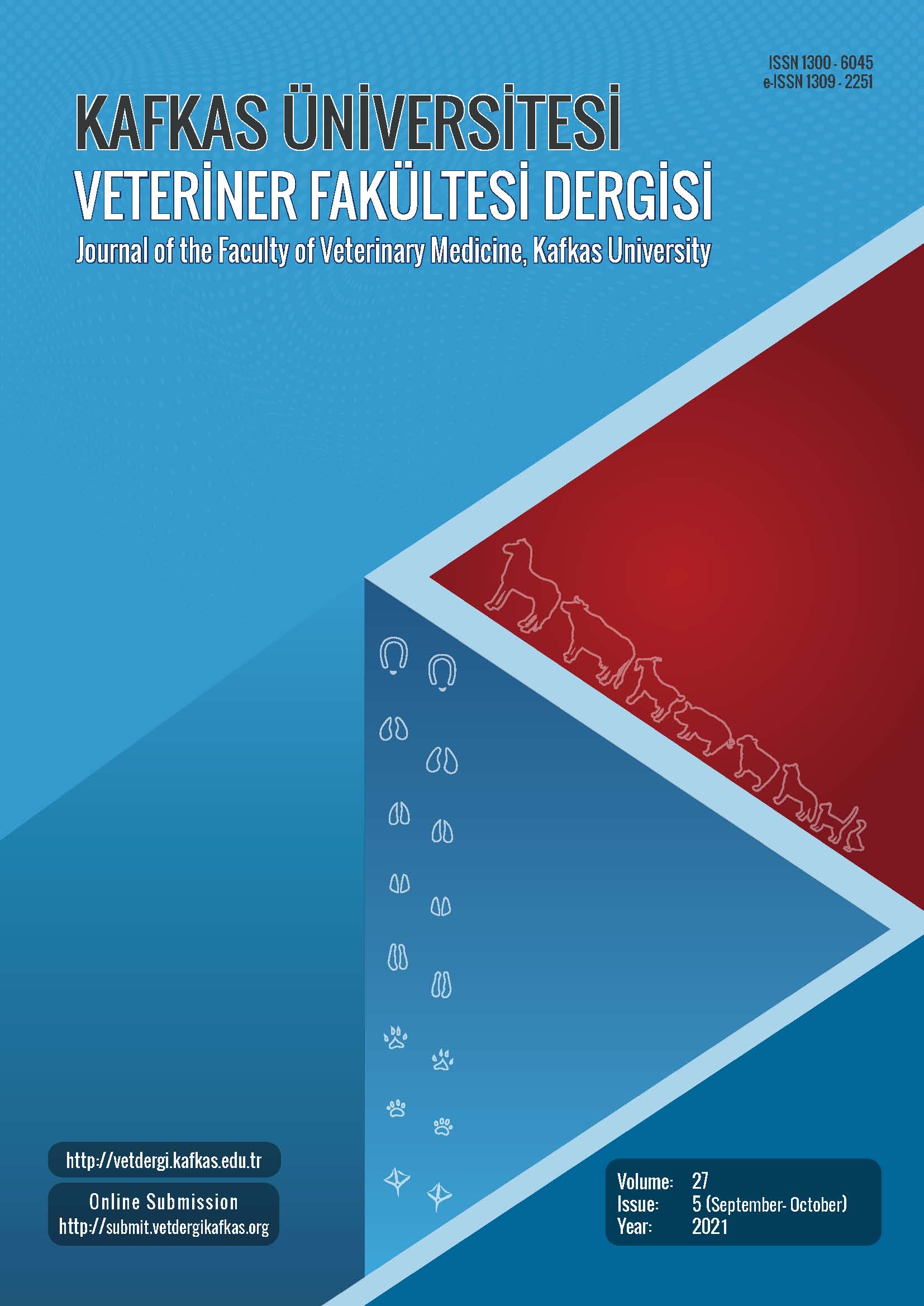
This journal is licensed under a Creative Commons Attribution-NonCommercial 4.0 International License
Kafkas Üniversitesi Veteriner Fakültesi Dergisi
2021 , Vol 27 , Issue 5
Shelf-life Estimation of Mullet (Mugil cephalus) Fillets by Mathematical Models Based on Some Biochemical Parameters and Sensory Evaluation
1Food Technology Department, Vocational School of İzmit, Kocaeli University, TR-41285 Arslanbey, Kocaeli - TURKEY2Department of Food Engineering, Konya Food and Agriculture University, TR-42080 Meram, Konya - TURKEY DOI : 10.9775/kvfd.2021.25998 This study aimed to estimate the shelf-life of mullet fillets stored in ice. Cadaverine, putrescine, total volatile base nitrogen (TVB-N), peroxide value (PV) and thiobarbituric acid reactive substances (TBARS) were evaluated together with sensory analyses. Empirical mathematical models were used to describe the data, and shelf-life was estimated by using acceptability limit and the model proposed for each parameter. The models proposed were all in agreement with the experimental data and can be safely used to estimate the shelf-life of mullet fillets. The lowest shelf-life was found as 5.2 days for the sensory analysis performed by trained panelist. Shelf-lives were determined as 6.5 and 7.5 days according to TBARS and PV, respectively. Lipid oxidation seemed to be the reason of the results since mullet is considered as a medium-fat fish. Highest shelf-life was calculated as 11.7 days according to cadaverine which is an indicator of late spoilage due to late formation. The results presented here revealed that predictive modeling can be used to describe the kinetic data for fish quality and further to estimate the shelf-life. Keywords : Predictive modeling, fish, shelf-life, TVB-N, TBARS, PV










